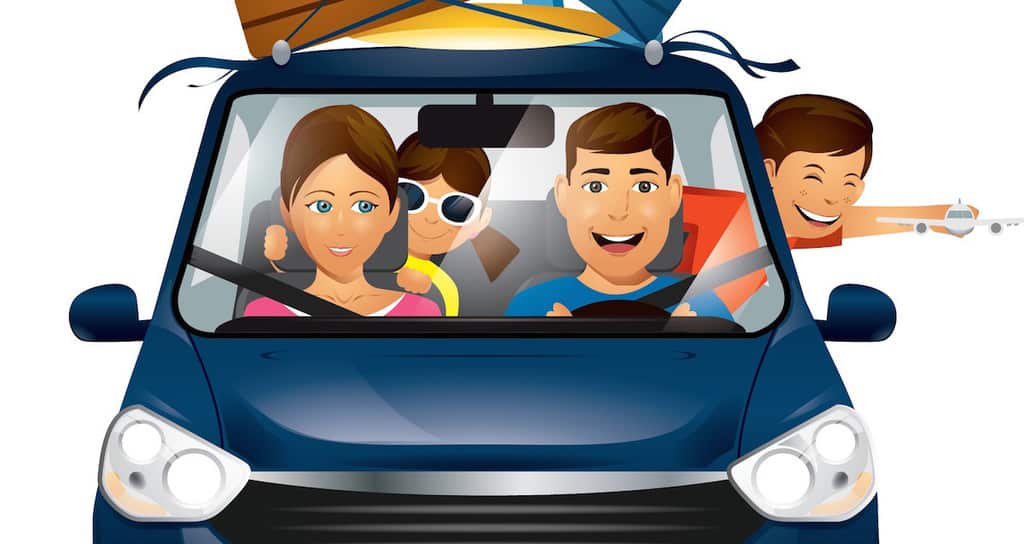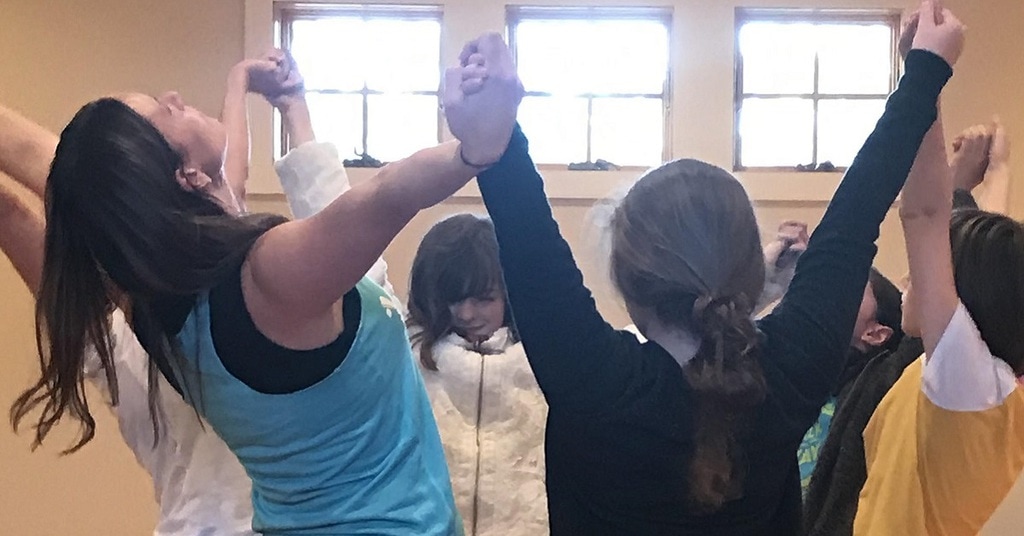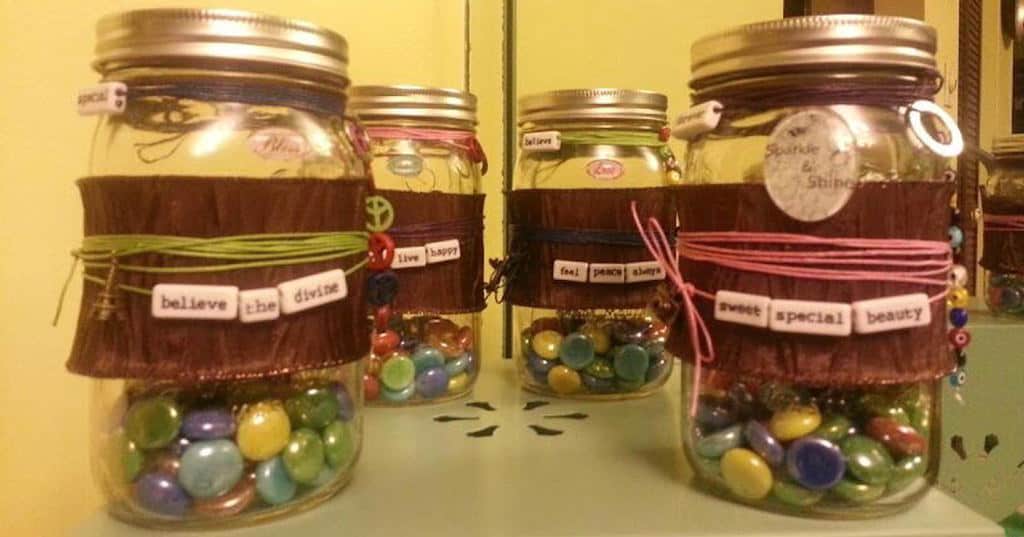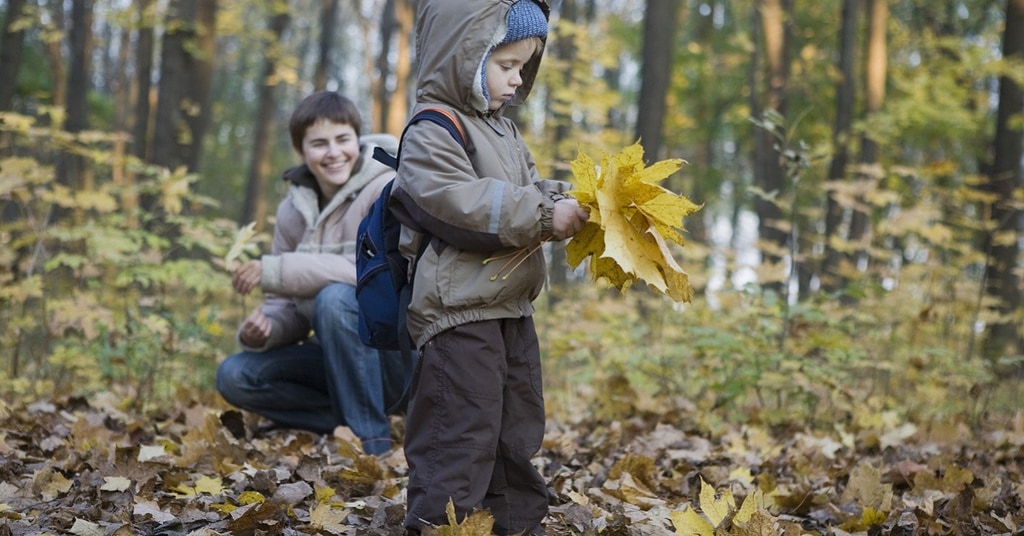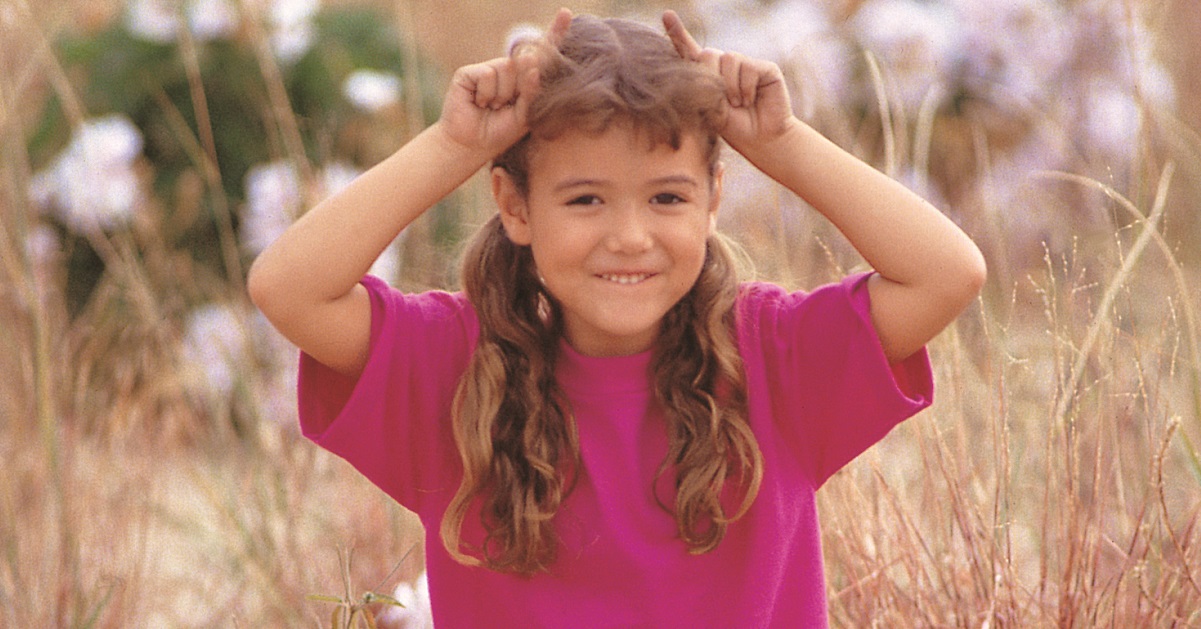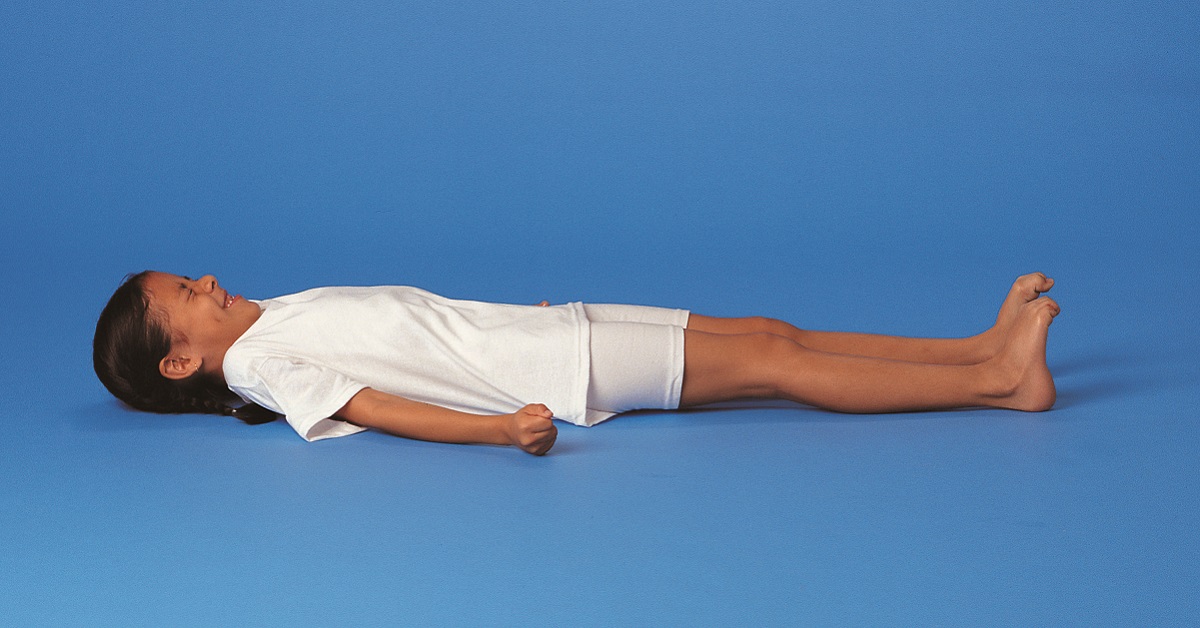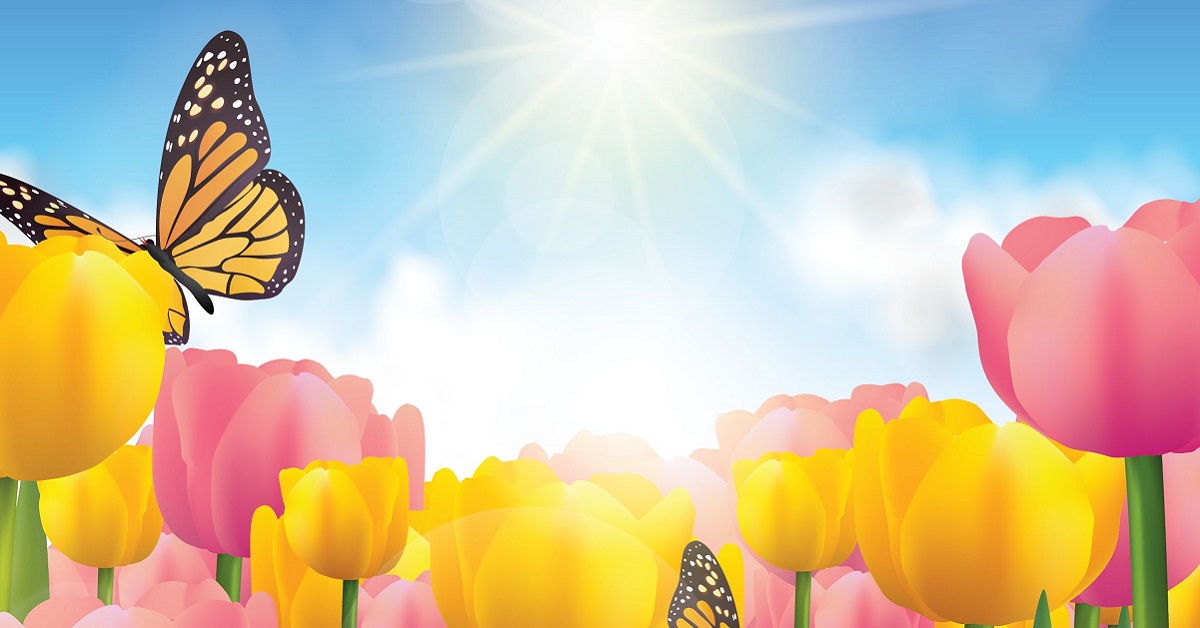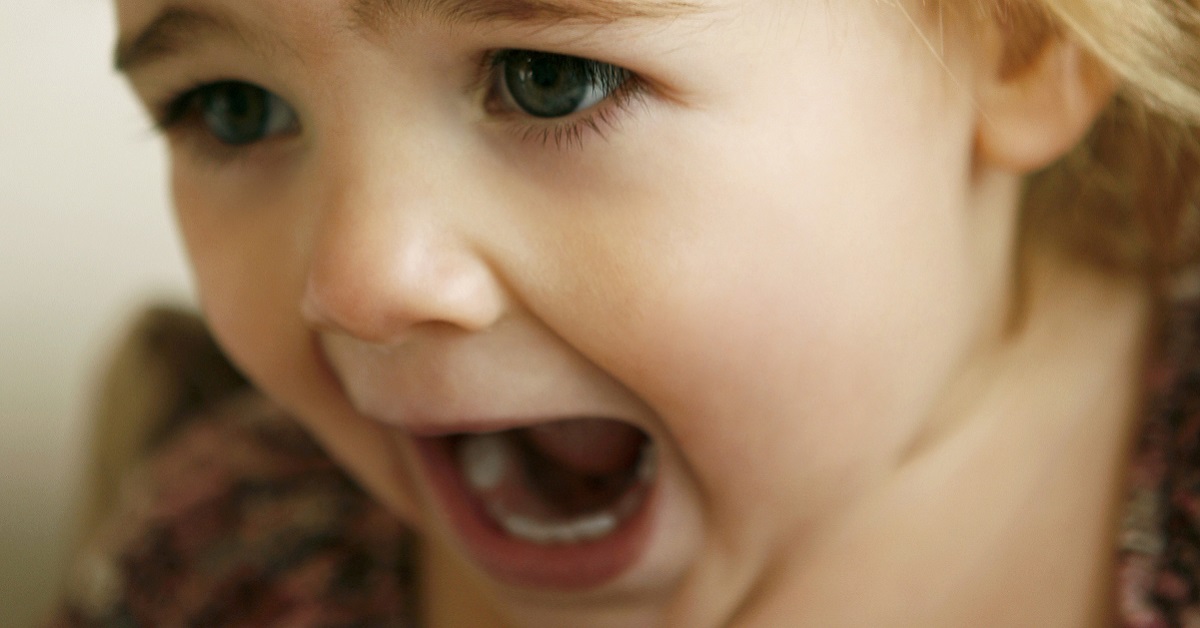What better way to celebrate the spring season than with a fun-filled YogaKids spring-themed lesson plan? Perfect to use in the home, studio or classroom, this FREE class plan includes a spring craft, a We All Win yoga game, an original yoga flow, poses perfect for the season, and much more!
MATERIALS
- name tags
- crayons
- sharpies
- coloring pages
- ping pong balls
- straws
CONNECTING CIRCLE
Spring is March 20 to June 21. When it’s spring in the northern hemisphere, it’s fall in the southern hemisphere (Australia). Share fun facts about spring as you do the following poses together:
- Reach for the Sun – We are closer to the sun in the spring.
Begin in Open Mountain pose. Breathe in and reach up high with an outstretched hand. Grab a piece of sunshine and pull the power into your solar plexus, your inner sun. Exhale with a “HAH” breath. Repeat with the other arm. Alternately reach with the left and right arms. As you practice, increase the force of your breath.
- Moo and Meow – Many animals have babies in the spring.
Begin in All Fours Pose. Line up your wrists under your shoulders. Spread your fingers wide and arch your spine to the sky. Loosen your neck and drop your head down. Breathe out long as you meow. Now lift your chest forward and look up with big cow eyes. Dip your belly down and tilt your sitting bones up. Your back will sink down like a cow’s. Make cow lips and moo deeply from the back of your throat. Go back and forth, meowing and mooing.
- Polar Bear – Animals such as bears who hibernate start to wake up and become active.
Begin in Heel-Sitting pose. Open your knees wide apart, toes touching behind you. Bend forward at the hips and slide your chest along the floor. Place your chin on the floor and put your paws over your nose to keep yourself warm. Breathe in and out.
- Finger-Dancing/Salutations to Me – During April, you will see more rain showers.
Sit on your heels or cross-legged. Begin at the top of your head and gently stimulate your hair and skin by lightly dancing your fingers all the way down your body. Allow the self-touch to feel good, as it wakes you up, stimulates your skin and lymph system and makes you feel alive. Do this technique along with Salutations to Me. Each time you touch a part of your body say a silent affirmation or kind statement to that place: toes; skull, hair, face, ears, neck, throat, chest, breasts, belly, bottom, legs, arms, feet, etc.
- Circle of Friendship Flowers – May the flowers will start to bloom.
Kneel in a circle, holding hands. As you inhale, reach your arms up, lift your buttocks off your heels, and stretch back arching your back and neck. As you exhale, continue to hold hands and fold down into Child’s Pose. Repeat a few times imagining all the different flowers that you could be.
POSES AS PATHWAYS
Do a Planting Seeds Yoga Flow together!
- Mountain – Stretch your arms up overhead and say “hello” to the sun and pluck some “seeds.”
- Ragdoll – Dig a little hole and plant the seeds.
- Standing Half Forward Bend – Lift halfway and pretend to pour water on the planted seeds.
- Ragdoll – Pat down the dirt around the planted seeds a bit more.
- Mountain – Clasp hands overhead, making a “sun” with raised arms.
- Repeat the previous poses one time.
- Low Squat – It’s time to see if anything has sprouted! Squat down low. I see something!
- Mountain
- Tree – Place one leg on the shin and grow your branches up. What kind of tree are you?
- Repeat the transition from “squat” to “tree” on the other side.
Celebrate springtime activities with the following poses:
Begin in Mountain pose. Come onto your tippy toes and stretch your arms up and out to the side like tree arms. Lean to one side and stretch a leg out to the other side. Change sides. Play with your balance as you find your way and move with the wind. Feel your body flying like a kite.
Stand with your feet a little wider than hip-distance apart. Swing your arms back and forth in harmony with your breath. Be sure to keep your feet planted. You are a wind chime moving with the wind. Now separate your feet into a wide stance. Bend forward and take your right hand to your left leg. Lift your left arm to the sky and look up. Now lower your left arm and take it to the right leg. Twist your torso towards the sky and look up. Go back and forth several times.
- Roller Coaster – Amusement parks are open in the spring, and many towns host festivals!
Sit down in a line with your legs spread wide. Clasp your hands around the person in front of you. As the roller coaster climbs up the hill, lean back. Then lean forward as you speed downhill. Be brave and raise your hands as you lean from side to side
Begin in L-Sitting pose. Bring the bottoms of your feet together, with your heels close to your body and your knees out to each side. Stretch your neck and the top of your head toward the sky and make your spine longer. Place your hands at the sides of your head and stick up your pointer fingers to make antennae. Pull your arms back like they’re your wings. Breathe in and out as you flap your wings forward and back, up and down.
- Bridge – Some people take trips in the spring to visit family!
Lie on your back with your arms by your sides. Place your feet hip-width apart as close to the sit bones as possible. Press your feet into the ground and lift your hips to the sky. Place your hands however it’s comfortable to support your lower back and pelvis. Lift your chest and arch your spine.
WE ALL WIN
Play Ping Pong Ball Breathing. Give each child a straw. Blow a ping-pong ball around the circle by blowing.
VISUAL VIGNETTES
Print or draw flowers with 4-8 petals and have the students color in the flowers with a light color crayon, then write something they love about themselves on each petal.
QUIET QUESTS
The Cherry Blossoms – “My friend Rengetsu was returning from a pilgrimage when she stopped in a town to rest for the night. Although she appeared tired and hungry, each door she knocked on refused her lodging. As the sun began to set behind the hills, she hiked up to a cherry orchard on the hillside. There she made a little bed of leaves under the trees and fell asleep. But something stirred her in the middle of the night. A beautiful scent fell over her. Pulling herself up from the sleep, she saw the loveliest of sights, the black sky behind dozens of trees with pink cherry blossoms, all blooming radiant and shimmering in the moonlight. Rengetsu took in the beautiful experience. Then she turned toward the town, gave a little bow, and said, ‘Oh people of the village, thank you so much for turning me away tonight, for if you did receive me, and give me a place to rest in your home, then I would never have been able to witness such beauty!’” Imagine you are lying in the cherry blossom.
CLOSING CIRCLE
Everyone chants OM at their own pace and rhythm. Start together, but everyone’s duration can be different. Let the OMs keep coming at various intervals; some short, some long. Feel the Fountain of OMs wash through and around you. The sound and vibration is very powerful. Keep your eyes closed and keep chanting. Keep the OMs flowing and allow the sound to cease with its own natural conclusion.
Put your hands together at your heart and bow to each other.


